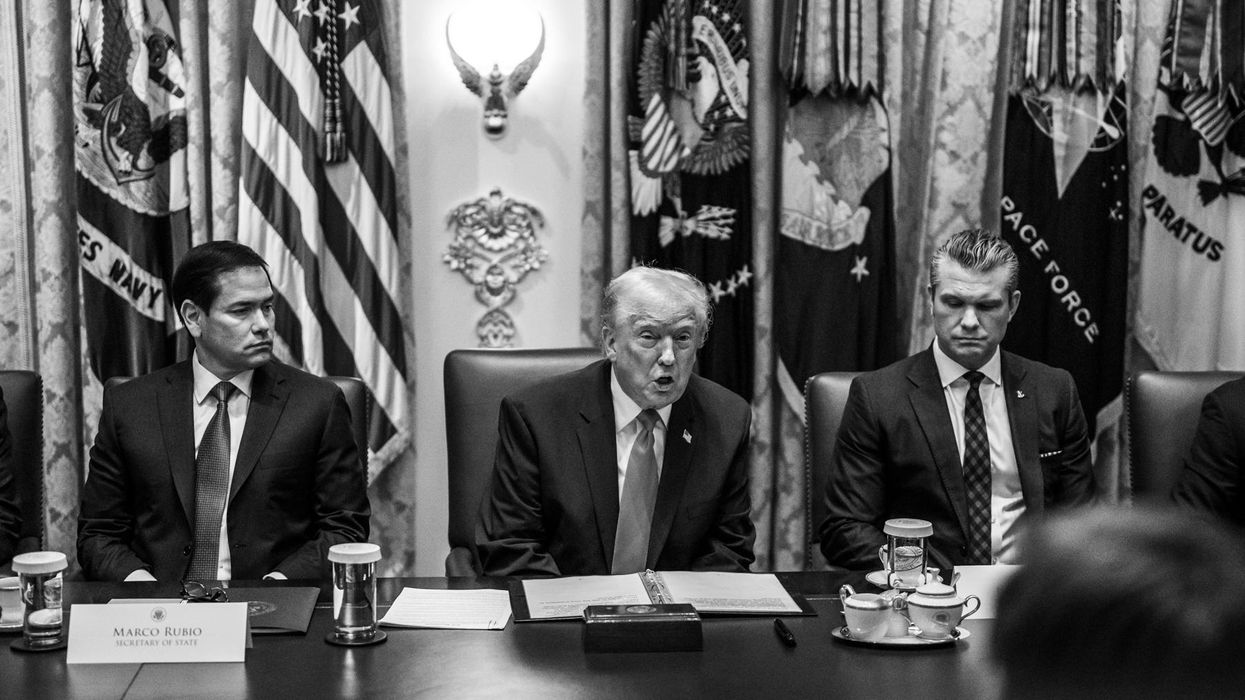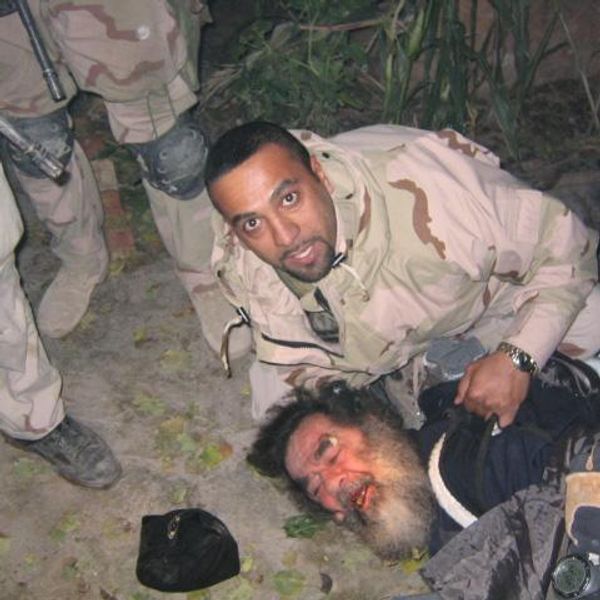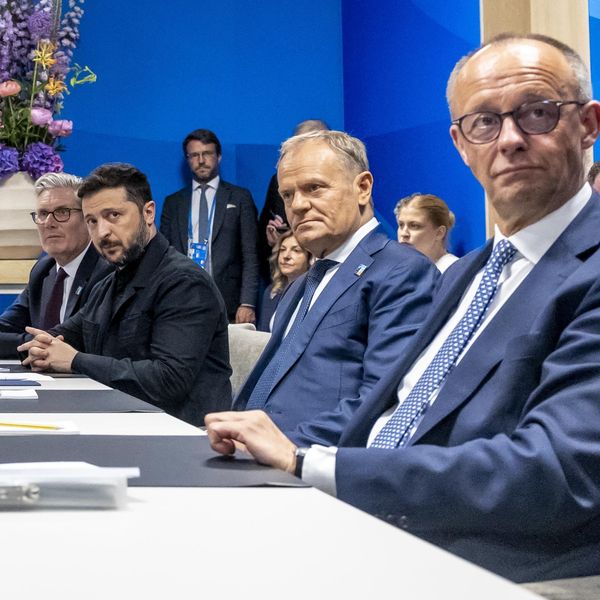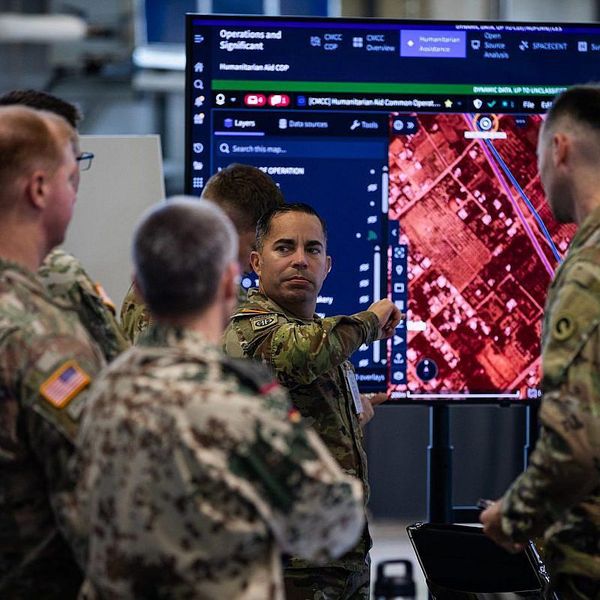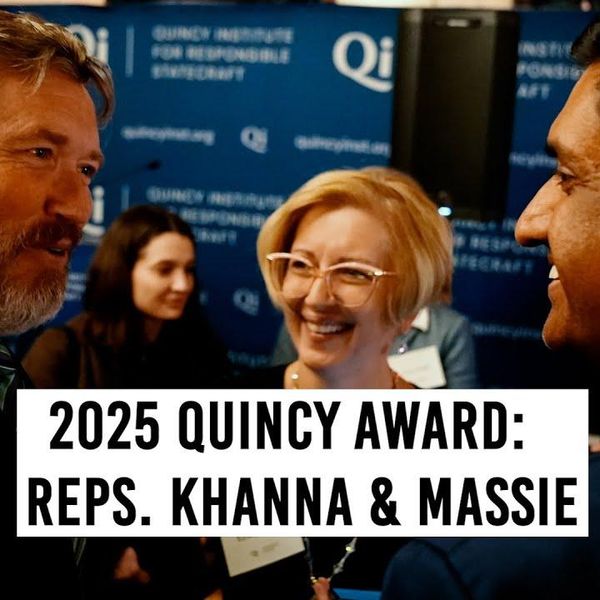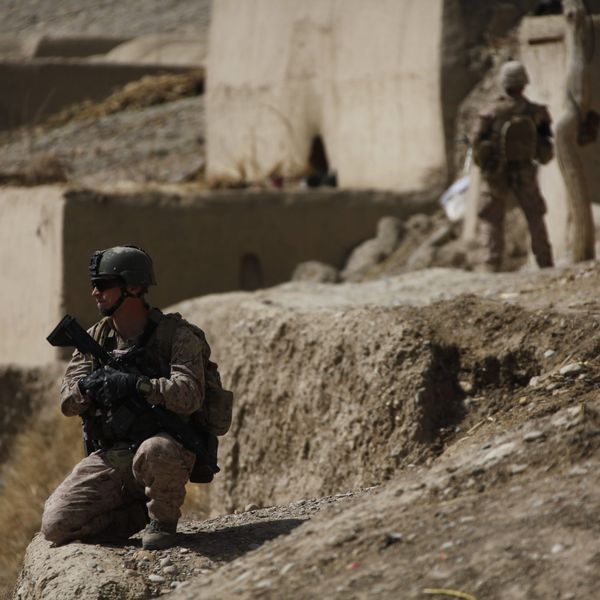The Biden administration is planning to request $6.4 billion in military and humanitarian aid to Ukraine. Current plans call for the aid to be incorporated into the final version of the Fiscal Year 2022 budget, which Congress has pledged to finish no later than March 11. The administration has told Congress that $3.5 billion of the total would go to the Pentagon, with $2.9 billion for the State Department to meet “security and humanitarian” needs. It should be noted that the $2.9 billion for State will include military aid. As a result, the vast bulk of the package will be for military purposes.
As reporting by Bloomberg Government has noted, the $6.4 billion is likely to be just the opening bid. Key members of Congress from both parties have suggested that the aid package could and should go higher, perhaps to $10 billion or more. How much of this would be humanitarian versus military aid is unclear, but Sen. Chris Coons (D-Del.) has suggested that more humanitarian aid is urgently needed: “If things get worse, which I am afraid they will, we may see literally millions of Ukrainians fleeing for Poland, Romania, Bulgaria,” he said.
So far, Ukraine is receiving anti-tank and anti-aircraft weapons, small arms and ammunition, armed drones and other military equipment from 20 countries, and has received well over $3 billion in U.S. military aid and training since 2014, with nearly a billion dollars of that offered since December of last year. If the Biden administration chooses to send more weapons to Ukraine or deploy more troops to Eastern Europe, it should draw on existing resources. After all, even if $7 billion of a new assistance package were for military purposes, it would represent less than one percent of the budget of $778 billion for the Pentagon and related agencies that was authorized by Congress in December.
Whatever Congress chooses to do with respect to aid to Ukraine, the military portion should be a carefully circumscribed, not first step towards an open-ended commitment that would boost U.S. military involvement in Europe back towards Cold War levels, or create a loosely regulated slush fund like the account that was used to finance the Iraq and Afghan wars. And given the growing humanitarian crisis sparked by the war, the bulk of new funding should be for humanitarian aid, not guns and troops.
Beyond the question of the composition of a new aid package, Congress should refrain from promoting steps that could push the current conflict towards a direct military confrontation between the United States and Russia. A shooting war between two nuclear-armed powers would increase the risk of escalation towards a nuclear confrontation. Avoiding that risk means no U.S. or NATO troops in Ukraine, and no imposition of a no-fly zone that would entail aerial combat between NATO and Russian forces. The Biden administration has wisely ruled out either of these options, and it should resist any pressure to pursue either of them.




